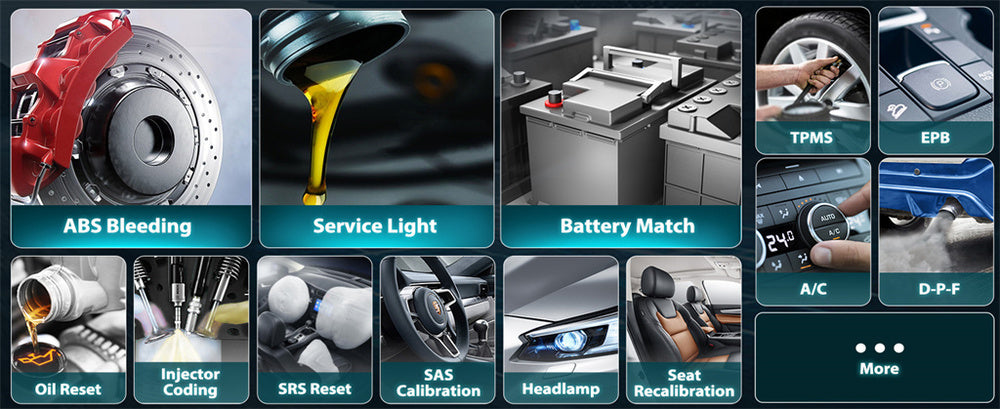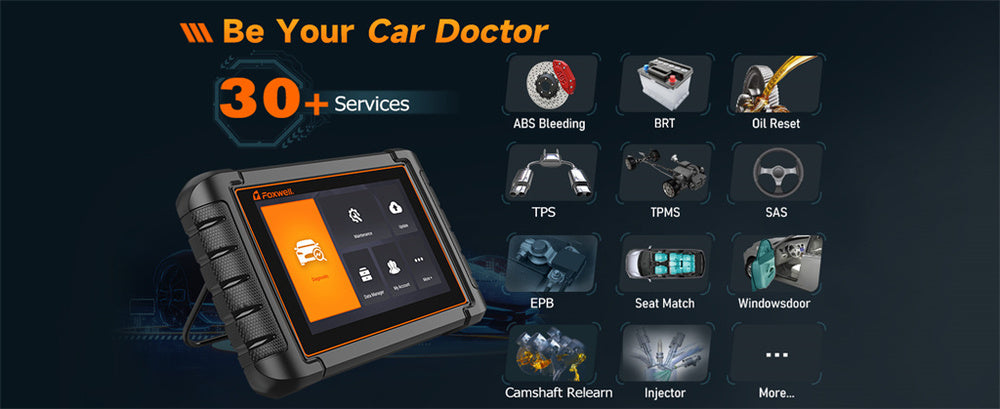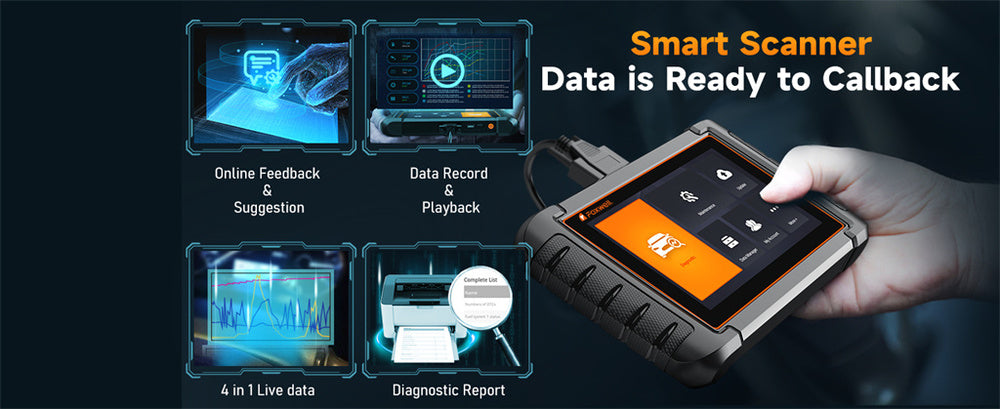Keeping your car in good shape is a bit like maintaining your health—it’s all about regular check-ups and paying attention to the small things before they become big problems.
One of those critical small things is fuel pump pressure. But can your trusty OBD2 scanner give you the details on this crucial aspect of your car’s performance? Let’s explore this together.
Is Your OBD2 Scanner Capable of Reading Fuel Pump Pressure?

Car diagnostics requires knowing what tools can and cannot do, and being aware of their capabilities is critical.
Regarding reading fuel pump pressure, most basic OBD2 scanners don't offer insights.
They may be great at reading error codes or helping figure out why your check engine light has illuminated, but when it comes to specifics like reading fuel pump pressure, they often need more of the capabilities required.
Fuel pump pressure is an indicator of how effectively your car's fuel delivery system is working.
If the pressure falls too low, your engine may not receive enough fuel, resulting in poor performance or even stalling; conversely, too high will flow in and cause rough idling or misfires in your engine.
Understanding fuel pump pressure is similar to taking your blood pressure; just as abnormalities in both cases could indicate health concerns, abnormal fuel pump pressure could signal potential engine issues that require maintenance or repair later.
Monitoring it regularly could prevent more expensive issues later.
Understanding the Capabilities and Limitations of OBD2 Scanners
OBD2 scanners can be invaluable tools for those seeking to keep their car running smoothly.
These handy devices can read and clear trouble codes, monitor engine parameters and perform emissions tests.
More - it's like having your mini diagnostic lab in your glovebox!
However, while OBD2 scanners offer immense potential, they have limitations as they display less specific data, such as fuel pump pressure readings.
Capabilities of OBD2 Scanners
Most OBD2 scanners are built to perform specific tasks effectively. For example:
- Read and Clear Diagnostic Trouble Codes (DTCs): These DTCs help identify issues that trigger the check engine light, such as malfunctioning oxygen sensors or misfiring engines, using an OBD2 scanner to assess what's ailing the vehicle.
- Monitor Real-time Information: Scanners provide real-time data such as engine RPM, coolant temperature, and fuel system status to provide insight into how your vehicle performs at any moment. This data is essential in understanding how it's performing overall.
- Emissions Testing: OBD2 scanners can also assist in checking whether your car meets emissions standards required by state inspections in various locations, making it essential for passing state inspections.
OBD2 scanners have proven their worth as essential tools in routine vehicle maintenance and troubleshooting common issues.
Yet, their capabilities may be limited when dealing with more specific parameters--like fuel pump pressure.
Why Are These Devices Limited in Their Capabilities?
So why don't these handy gadgets suffice in terms of reading fuel pump pressure accurately?
It comes down to how vehicles communicate data.
Standard OBD2 scanners are designed to interact with a car's onboard diagnostic system, which focuses on emissions-related components and systems affecting its check engine light.
Not all vehicle sensors must communicate through this OBD2 system - fuel pump pressure is one such parameter often escaping its purview.
Consider OBD2 like a public broadcast channel: it provides essential, broad-reaching information for most cars.
However, additional tools or channels may be necessary to capture such signals for specific, detailed data like fuel pump pressure measurements.
OBD2 scanners designed for general diagnostics do not include the capability of monitoring fuel pump pressure due to standard OBD2 protocols used by most vehicles.
To do this, if more specific details are desired, then more advanced diagnostic tools or gauges explicitly designed for that task may be necessary.
Alternative Methods to Monitor Fuel Pump Pressure
If your OBD2 scanner can't read fuel pump pressure, don't despair. There are still effective and reliable ways to gain this vital information.
One direct method is using a manual fuel pressure gauge, which connects directly to your vehicle's fuel rail or line and allows you to manually measure pressure directly - similar to checking tire pressure with a gauge; it is simple yet reliable and effective!
Referring to your vehicle service manual for attachment points, you will get an accurate reading as soon as it's attached. Get readings immediately once they are connected!
Alternatively, consider investing in an advanced OBD2 scanner or diagnostic tool capable of reading fuel pump pressure.
Tools like the Foxwell NT650 Elite or Foxwell GT60 offer access to more vehicle data - such as fuel pressure.
Although more costly than basic models, such scanners provide much deeper insight into your car's performance by accessing live ECU information directly - making them invaluable investments for anyone serious about maintaining their vehicle.
So, for those who prefer more hands-on approaches, complete diagnostic kits with fuel pressure gauges and other essential tools may be ideal for accurately monitoring your engine's fuel pump pressure and maintaining optimal engine performance.
Such kits typically include various adapters to fit multiple vehicle models and detailed instructions, allowing even novice mechanics to use them effectively.
This approach allows for accurate vehicle fuel pump pressure monitoring to ensure engine health at its highest performance levels.

Conclusion
Can an OBD2 scanner read fuel pump pressure? That depends on your chosen scanner and vehicle compatibility.
While basic OBD2 scanners may not offer this capability, more advanced scanners and methods may offer insights.
Monitoring fuel pump pressure is crucial to maintaining vehicle performance and avoiding potential issues down the line.
From manual gauges and scanners like Foxwell to comprehensive diagnostic kits, having the appropriate tools for this job is critical to saving time and money.
Being proactive with car care can save both time and money.
FAQ
Can you read fuel pressure with a scanner?
Yes, but only with advanced OBD2 scanners that are capable of accessing live data streams, like the Foxwell NT650 Elite or GT60. Basic OBD2 scanners typically can't read fuel pressure.
Will a fuel pump show up on a code reader?
Not directly. A standard code reader might detect issues related to the fuel system, such as lean or rich fuel conditions, but it won’t specifically identify fuel pump pressure issues.
How to test your fuel pump pressure?
You can test fuel pump pressure using a manual fuel pressure gauge that connects to your fuel system or by using an advanced diagnostic tool that can read this data from your vehicle's ECU.




Leave a comment
This site is protected by hCaptcha and the hCaptcha Privacy Policy and Terms of Service apply.